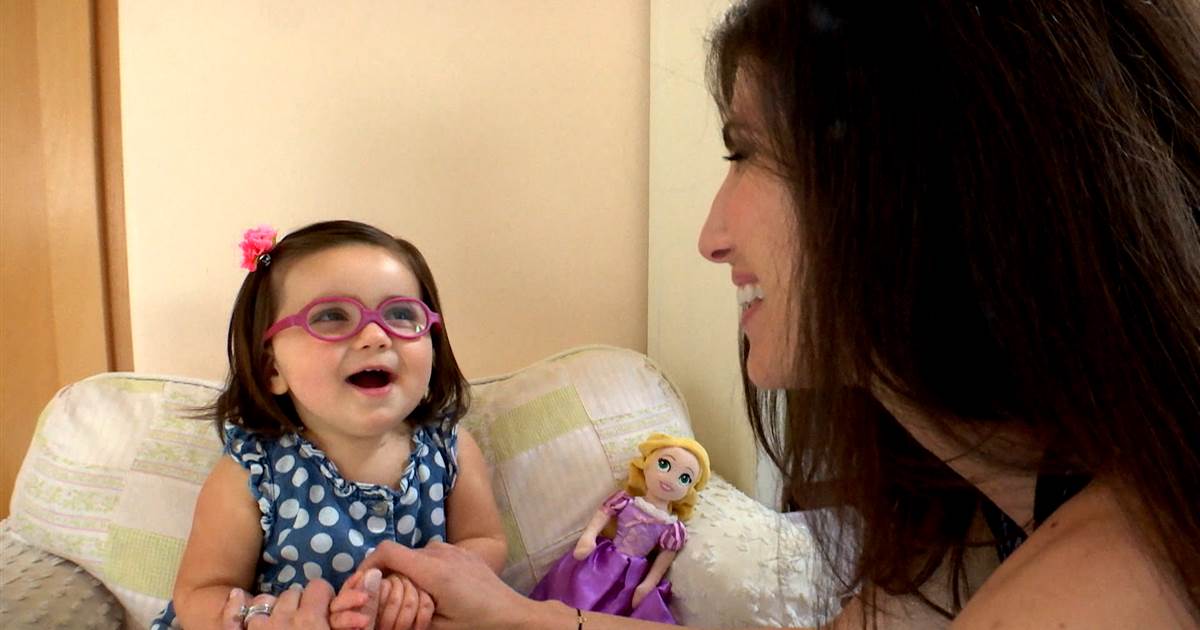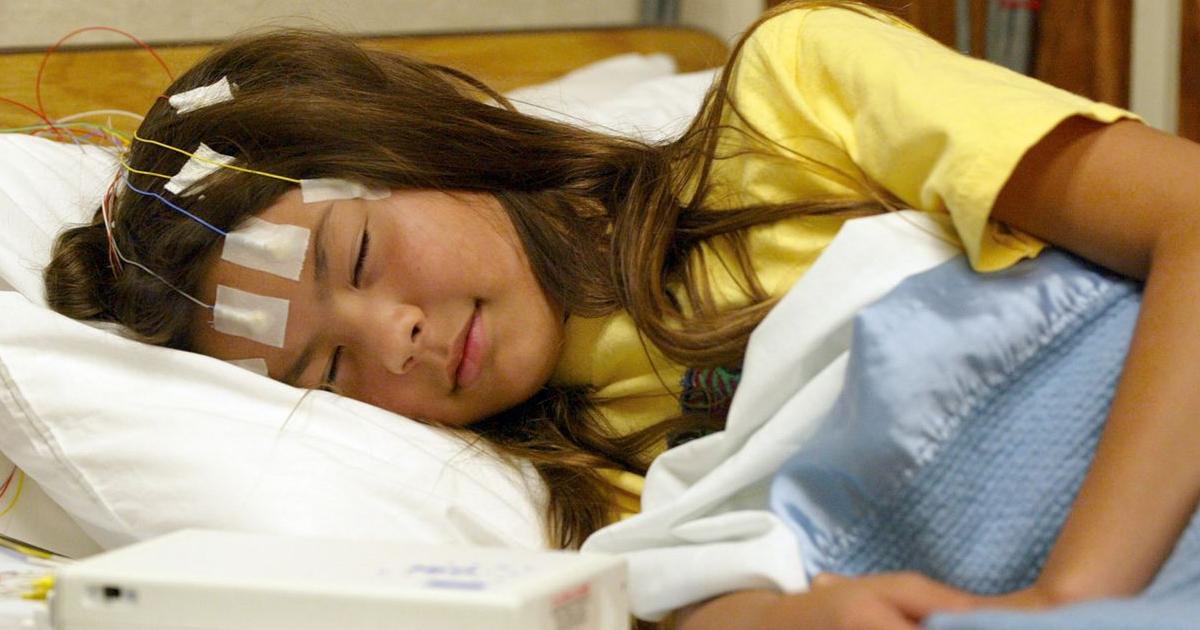Symptoms Of Angelman Syndrome To Watch For
Angelman syndrome is a genetic condition most often caused by the deletion of part of the fifteenth chromosome. An estimated 500,000 individuals around the world have this syndrome, and it occurs at a rate of one in every fifteen thousand. The condition affects patients of every race and gender. Patients with Angelman syndrome have a normal life expectancy, and they typically require continuous care.
Symptoms tend to appear at around six months of age. Although patients with this condition are unable to live independently and may not speak, they are normally very happy individuals, laughing and smiling frequently. Blood tests can confirm a diagnosis of Angelman syndrome, and treatment focuses on improving communication and quality of life. The syndrome is often misdiagnosed as autism or cerebral palsy.
Ataxia

Ataxia refers to problems with walking, movement, and balance. Some patients with Angelman syndrome may not be able to walk at all, and others may have significant motor impairment. Patients who can walk may do so with their arms uplifted for better balance, and they might also flap their hands. A doctor can assess the degree of a patient's ataxia by performing a neurological exam and checking the patient's balance, gait, coordination, and reflexes.
To help improve balance and motor skills, patients usually participate in intensive physical therapy. The physical therapist guides the child through exercises that strengthen muscle groups and teach movement patterns. Physical therapy can help Angelman syndrome patients with ataxia learn specific adaptations that could make walking and movement easier for them.
Developmental Delays

Developmental delays are often one of the first signs that appear in patients who are later diagnosed with Angelman syndrome. For example, parents may notice their child does not crawl or babble between six to twelve months old, the typical age range when these skills are acquired, and sitting might be difficult for some children. They may also have feeding difficulties and engage in repetitive behaviors. Patients may need help with using the toilet, dressing, and feeding.
However, the degree of developmental impairment with Angelman syndrome varies widely. Some patients will be able to feed and dress themselves, and many are able to perform household chores and participate in recreational activities. Patients with Angelman syndrome enjoy listening to music and watching television, and they form close bonds with friends and family. They can be especially responsive to nonverbal communication. Therapists can teach patients who are nonverbal on how to communicate with others using sign language and pictures.
Jerky Or Stiff Movement

Many patients with Angelman syndrome exhibit jerky or stiff movement. They may also have low muscle tone (hypotonia), and numerous patients develop seizures that begin between the ages of two and three. Doctors can assess the patient's muscle tone and evaluate their movements with certain positioning tests. Physical therapy may help in teaching patients how to move more smoothly, and anti-seizure medications are often recommended to reduce the number of seizures the child has. Jerky or stiff movement may make it hard for patients to hold utensils or pencils; these skills can be improved with professional therapy and practice at home.
Adaptive devices, including support bars and aids for grasping objects, can make it easier for Angelman syndrome patients with jerky movements to perform daily tasks and may increase their independence. Individuals with Angelman syndrome typically enjoy the water and water-based activities. Hydrotherapy and other water-based exercise programs may be useful in helping these patients move with less stiffness.
Intellectual Disability

The severity of intellectual disability associated with Angelman syndrome varies significantly. While conversational speech does not tend to develop in even the highest-functioning patients, individuals with this syndrome are able to understand speech. Studies have shown patients may be able to speak up to sixty words, and some will be able to communicate using simple sentences. Individuals with Angelman syndrome normally prefer to communicate with gestures, and the use of a system known as enhanced natural gestures could help them communicate more effectively. Angelman syndrome typically causes hyperactivity, and this may magnify any intellectual disability a patient has. As a result of the hyperactivity, patients may be unable to sustain eye contact or attention long enough to learn words. Behavioral therapy might be recommended to improve attention levels, and some doctors may suggest the use of medications designed for attention deficit disorder.
The sleep problems that frequently occur with Angelman syndrome may also make learning difficult for patients. Parents note children with this condition often wake up in the middle of the night, and this can be very disruptive. Therefore, doctors may suggest the use of natural remedies or prescription sleep aids for patients. Individuals with Angelman syndrome are typically able to attend school, and they will normally need an individualized education plan and the help of a personal aide throughout the school day. The teachers and aides can help the child communicate clearly with other students. Many patients with Angelman syndrome especially enjoy nonverbal school activities such as art and music classes.
Microbrachycephaly

Microbrachycephaly refers to a combination of a small head size with flatness at the back of the head. It is one of the classic features of Angelman syndrome and may be one of the first parents and pediatricians notice. Head size may be measured at some routine appointments for infants, and doctors will also examine the child's head shape to see if it is flatter than expected. Individuals with this syndrome tend to have a head size that is smaller than their peers, and this remains the case throughout their lives.
For patients with Angelman syndrome, microbrachycephaly usually occurs in combination with hypopigmentation. This symptom causes the patient to have light-colored hair, eyebrows, and eyes. While there are no treatments for microbrachycephaly and hypopigmentation, these symptoms may be the first clues that point to Angelman syndrome, potentially enabling patients to be diagnosed at an earlier stage and begin beneficial therapies sooner.